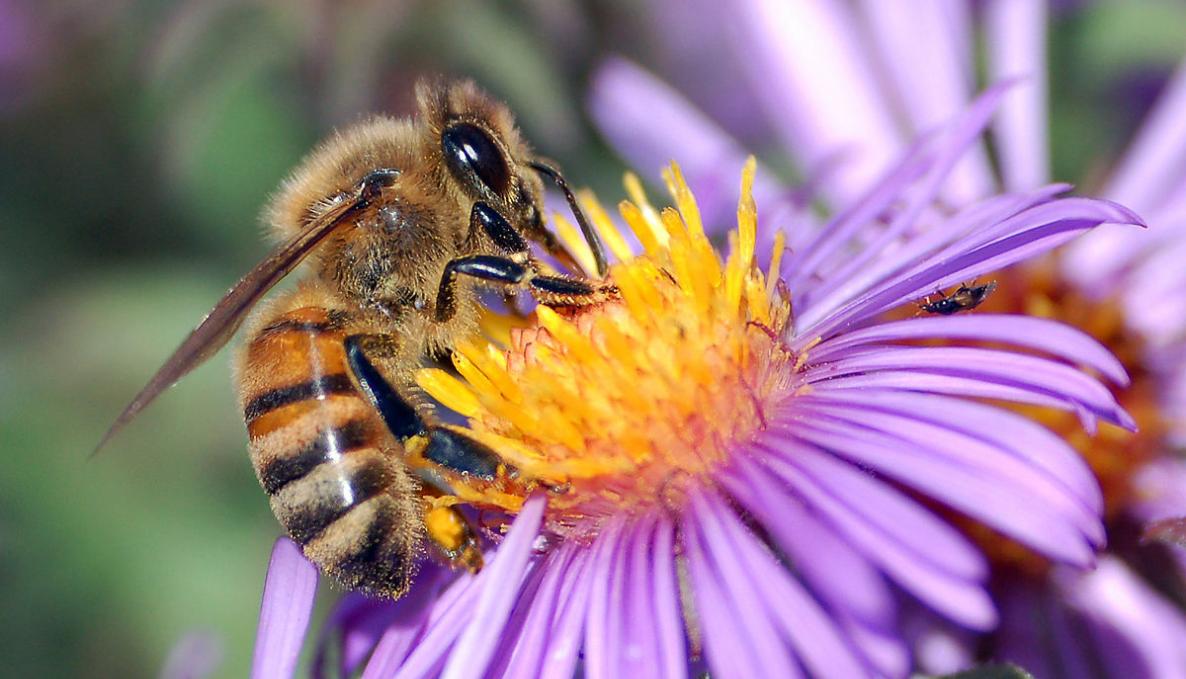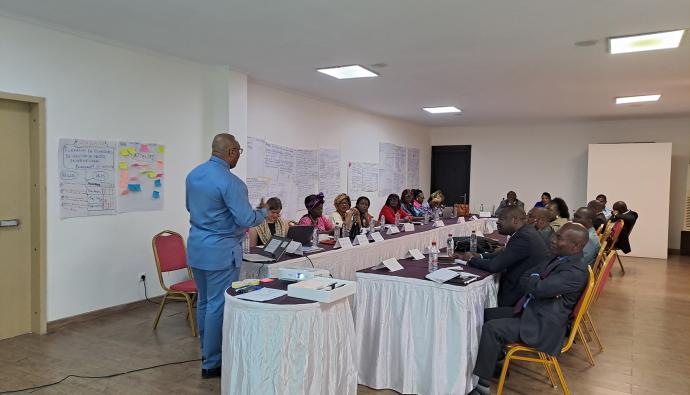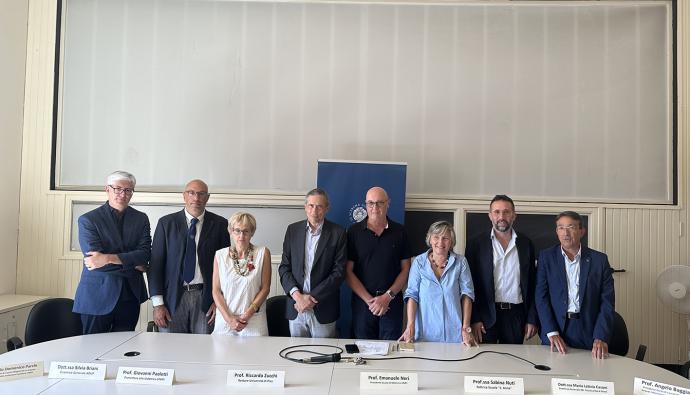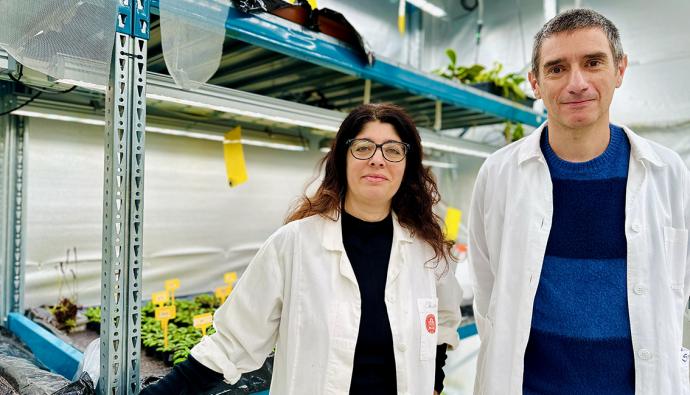World Bee Day, Friday, May 20: an opportunity to promote a collective effort to conserve all pollinators. Focus on Sant'Anna School's Agroecology group and projects for innovative biodiversity management with the H2020 Framework project

Sant'Anna School is celebrating the fifth World Bee Day on Friday, May 20, to highlight their importance, that of all pollinators and to promote a collective effort for their conservation. Bees and pollinators (such as butterflies, bats and hummingbirds) enable many plants to reproduce and are critical to ensuring sustainable development and the maintenance of biodiversity.
World Bee Day is also an opportunity to draw attention to the Sant'Anna School's Agroecology group, which, engaged in the study of new methods of biodiversity management at the land level, is involving groups of farmers in the H2020 Framework project, coordinated for the Sant'Anna School by Agronomy and Herbaceous Crops researcher Anna-Camilla Moonen. The project studies the biodiversity of olive groves in Monte Pisano. In this area, research fellow Simone Marini is studying bee diversity, while research fellow Malayka Picchi is studying butterfly diversity. At the same time, University of Vienna researcher Bea Maas, currently at Sant'Anna School, is pursuing her own project, to study the olive tree also in relation to other important components of biodiversity besides bees: birds, bats, ants and spiders, and how these animals help the plant defend itself from harmful insects.
On the occasion of Bee Day, Simone Marini, on behalf of the Agroecology group involved in the Framework project, reminds us that “when we talk about bees we must immediately clarify which bees we are talking about. Humans have been using and breeding 'our' western honey bee (Apis mellifera L.) for millennia, so much so that it is unlikely, when we encounter one, that it is wild, that is, it comes from a wild hive, not managed by humans. Some will be aware of the problems that the bee is facing and how these problems, although very important, are basically economic in nature, related to the activities of beekeepers. That is, we are talking about people's economic security”.
“Today - Simone Marini continues - we also need to know that the honey bee is not in danger of extinction, in fact its populations, thanks to the relentless activity of beekeepers, are increasing in Europe. On this day we must also talk about pollinator biodiversity, and the question arises: is the honey bee the only bee in Italy? The answer is no. There are in fact, along with her, about 1,000 other species of other bees, in a multitude of shapes, colors and ways of living, very large, very small, specialized to live off the nectar of only a few plant species or generalists like the honey bee. All of these beautiful species are essential for pollinating crops and wild plants, but we don't really know that much about the status of their populations, and these are endangered. In fact, we know quite little about even the real danger of each individual species (there are so many of them), but we do know for sure that in general their populations are declining because of climate change, pesticide use, intensive land use, and ... in a nutshell, because of human activities”.
“We as researchers - Simone Marini concludes - can only contribute to the study of pollinators by putting in a small brick. There is much we can all do, informing ourselves, implementing behaviors that help pollinators, respecting the environments in which they live, even starting with our own garden. Long live bees, long live pollinators - and have a great bee day”.
.



